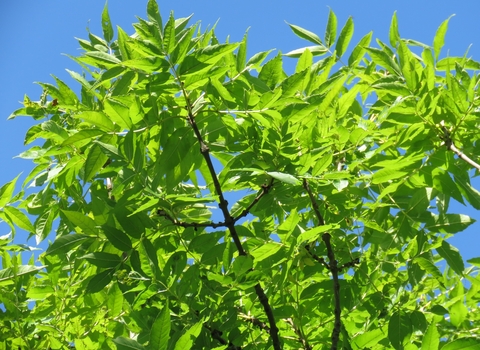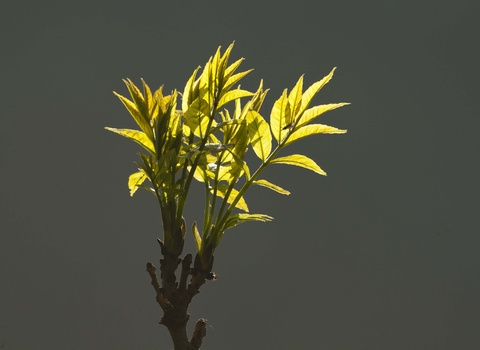
Ash by Brian Eversham

©Mark Hamblin/2020VISION
Ash
A common tree, ash is familiar to many of us for its autumnal bunches of winged seeds, called 'keys'. It can be found in woodlands and prefers damp and fertile soils.
Enw gwyddonol
Fraxinus excelsiorPryd i'w gweld
January to DecemberSpecies information
Category
Ystadegau
Height: 15-35mCommon.
